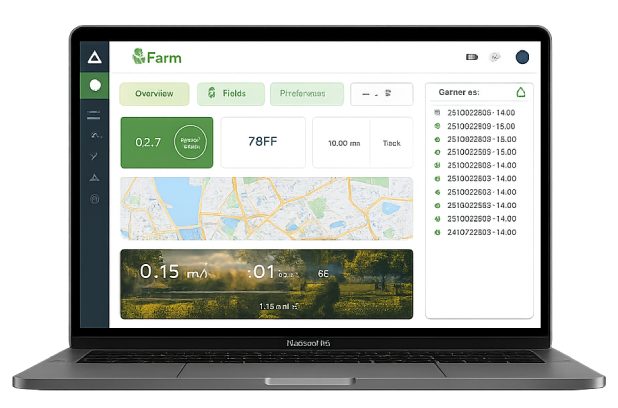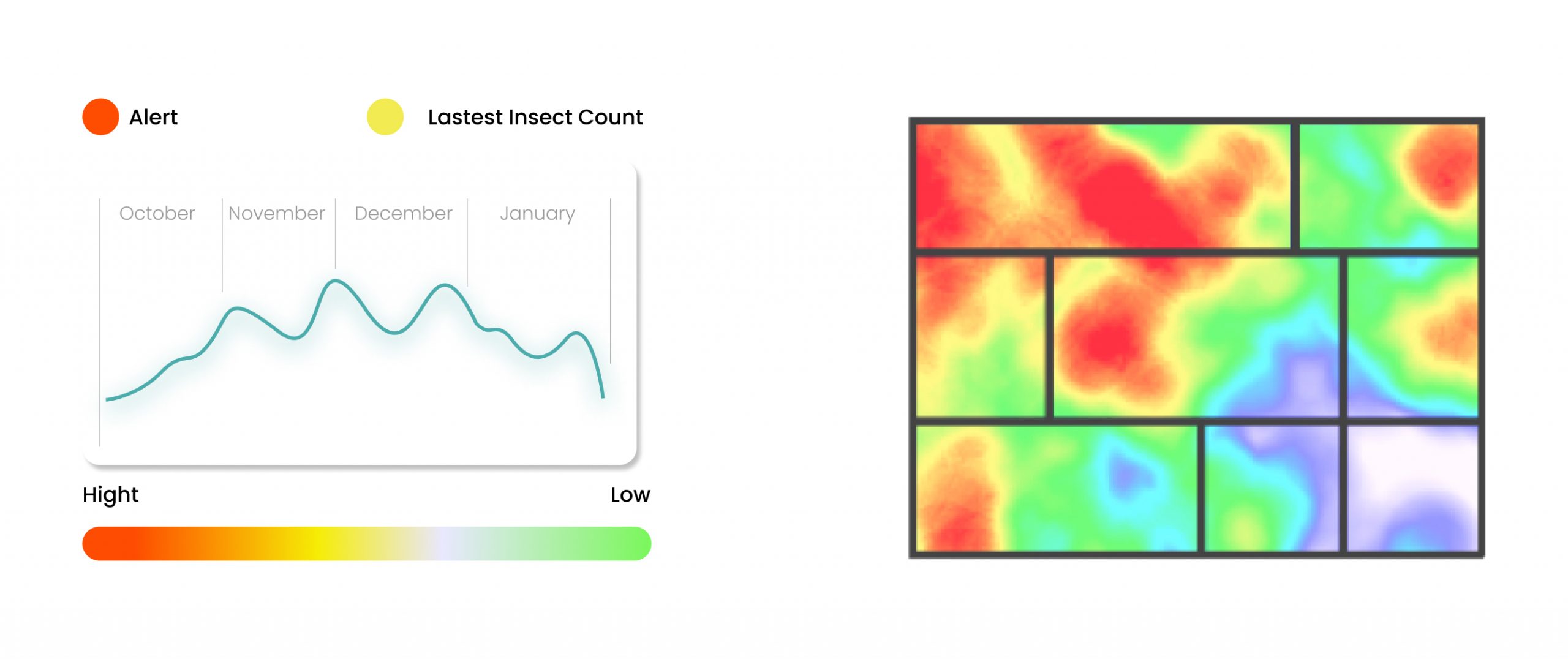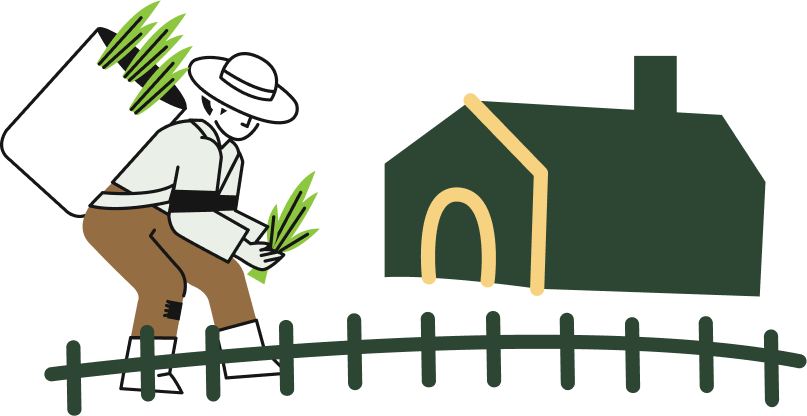
Farmflow is an Intelligent work planning and task management software with a simple-app interface with gamification UX and a complete server-side backend that integrates farm management with all sensors embedded in the land. Keep track of daily farming tasks, like irrigating, spraying, etc.
The system is connected through the farm’s sensors, which send the data to the server. The sensors collect different data such as soil moisture, temperature, wind speed, etc. Then, based on the predefined, collected, and analyzed real-time data, each worker receives their tasks in a mobile application with an intuitive user interface. The system notifies the responsibilities of workers through a gamification UX engaging the worker to do the task and collect points. The status of each activity is shown as an incomplete or completed task or in-progress activity.


A dynamic task generator is embedded in response to events by AI based on the sensors’ data. For instance, if the system recognizes a coming rainy hour exactly when the worker intends to irrigate the land, the planner changes the worker’s task. In general, the dynamic task generator has been defined in order to decrease the idle time of workers, and increase their efficiency.
Our FTMS system focuses on its gamification UX. Gamification is an effective way to create measurable goals and to increase the engagement of workers (employees).
The dashboard allows setting cameras, fence sensors, weather sensors, water sensors, and soil sensors for the pest. Then, it sets up regular tasks like spraying, irrigation, etc.
Farmflow allows users to invite/add users, and gives the user permissions, daily task management forms, and daily reports.
This section is divided into two parts: Farm rate, and Employee score.
In farm rate, the ranking of the farm is shown among other farms.
This section is divided into two parts: Farm rate, and Employee score.
In farm rate, the ranking of the farm is shown among other farms.
in this section, employees can see what is happening inside their farm, and on other farms, and they could convert the gained points into real cash monthly.
The dashboard allows setting cameras, fence sensors, weather sensors, water sensors, and soil sensors for the pest. Then, it sets up regular tasks like spraying, irrigation, etc.
This part has two sub-section; game and competition.
In the game part, we use puzzles to engage the users more with the application. For the competition of each level, they get points.
set a farm map, farm resources, and the resources’ location. It uses weather prediction patterns and farm management GPS data in order to manage related tasks based on the weather forecasts.